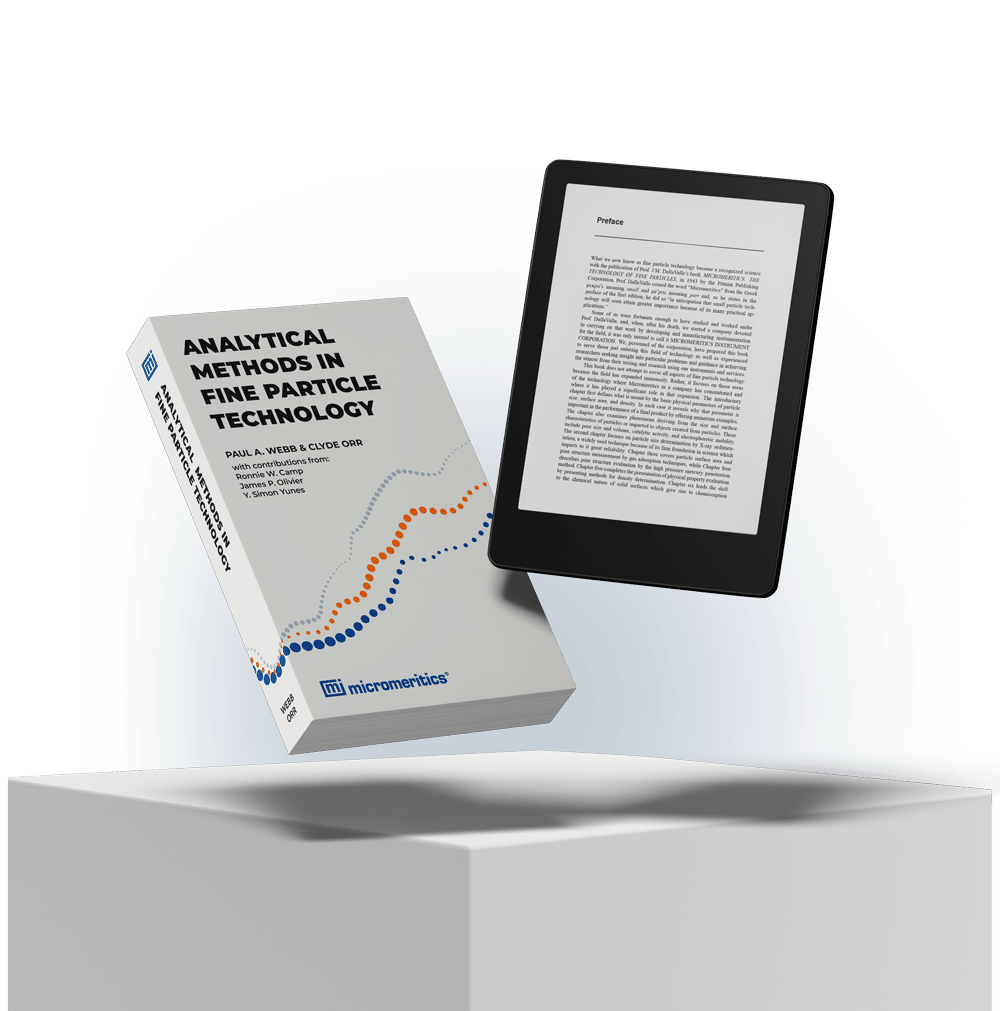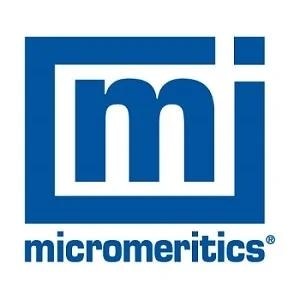The "Analytical Methods in Fine Particle Technology" eBook provides a comprehensive overview of techniques and principles related to the analysis of fine particles, which are crucial across various scientific and industrial fields.
This eBook covers a wide array of topics, beginning with a detailed introduction to fine particle technology, including discussions on particle size, surface area, pore size and volume, density, and chemisorption.


 Download the eBook
Download the eBook
Overview
Each section of this eBook combines theoretical foundations with practical advice, case studies, and examples to illuminate the principles and applications of these analytical techniques.
This eBook was designed in the minds of both novices and experienced practitioners in fine particle technology, providing a thorough understanding of analytical methods and their critical role in material characterization and development.
The "Analytical Methods in Fine Particle Technology" eBook explores the following:
-
Introduction to Fine Particle Technology: This section lays the groundwork by introducing the reader to the significance of particle size, shape, and distribution in various industries.
-
Particle Size by Sedimentation: This section discusses sedimentation methods for particle size analysis, emphasizing the principles of Stokes' law. It explains how sedimentation velocity relates to particle size, offering a theoretical foundation and practical insights into measurement techniques, including using SediGraph for automated analyses.
-
Surface Area and Pore Structure by Gas Adsorption: This section covers measuring surface area and pore structure through gas adsorption techniques, including the BET method. It details how adsorption isotherms are used to deduce surface properties and the importance of pore size distribution in characterizing materials.
-
Pore Structure by Mercury Intrusion Porosimetry (MIP): This part explores the use of mercury intrusion porosimetry in determining pore size distribution. It also outlines the method's operational principles, data interpretation, and application in characterizing materials' porosity.
-
Density Measurement Techniques: This eBook section highlights different approaches to measuring material density, including helium pycnometry and mercury porosimetry. It differentiates between absolute, envelope, and bulk density while discussing their relevance and measurement methods.
-
Chemisorption Analysis: This part focuses on studying chemical adsorption on surfaces, which is crucial for understanding surface chemistry and reactivity. It presents theoretical aspects, experimental setups, and the significance of measuring chemisorption for catalyst evaluation.

 Download the eBook
Download the eBook


This information has been sourced, reviewed, and adapted from materials provided by Micromeritics Instrument Corporation.
For more information on this source, please visit Micromeritics Instrument Corporation.